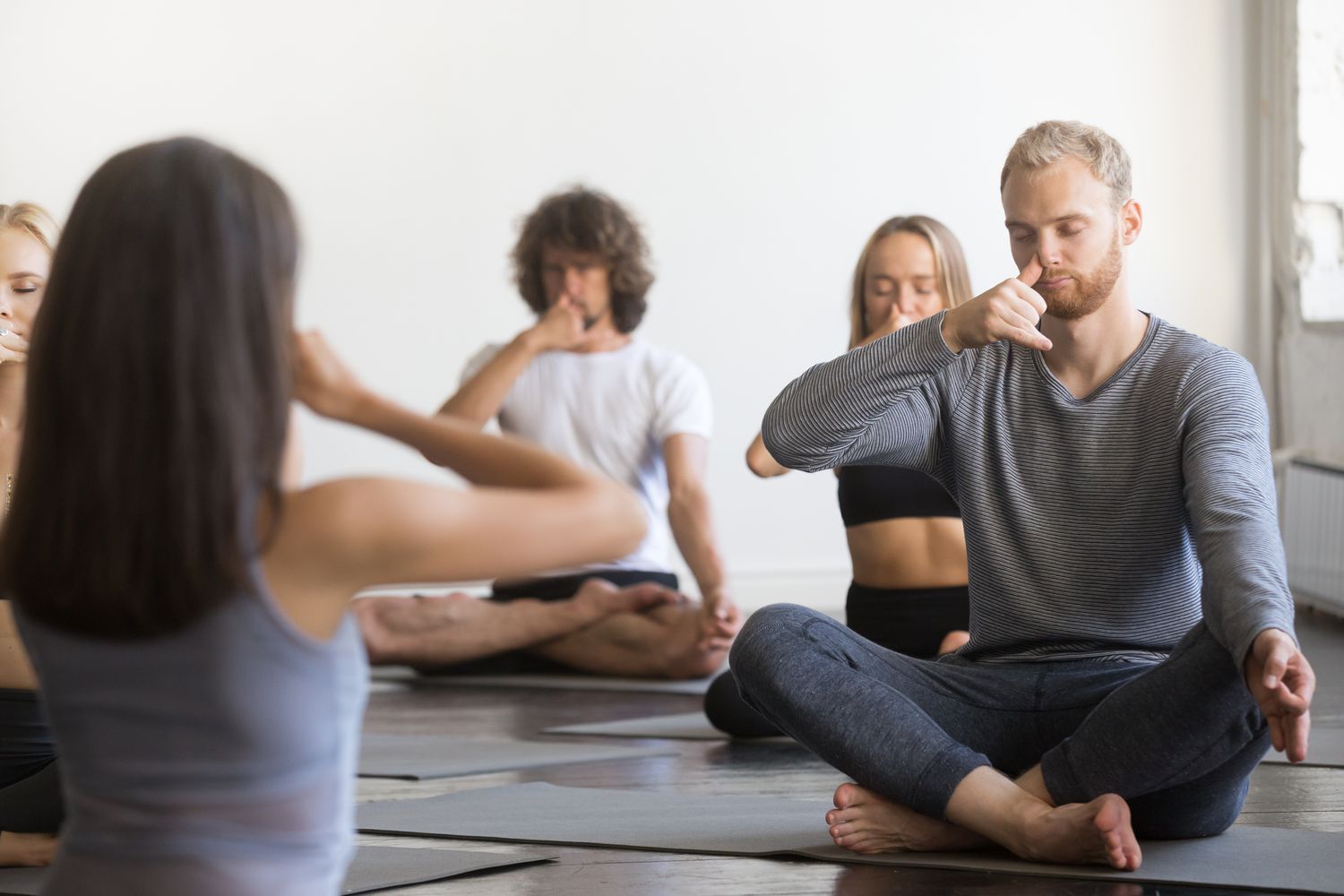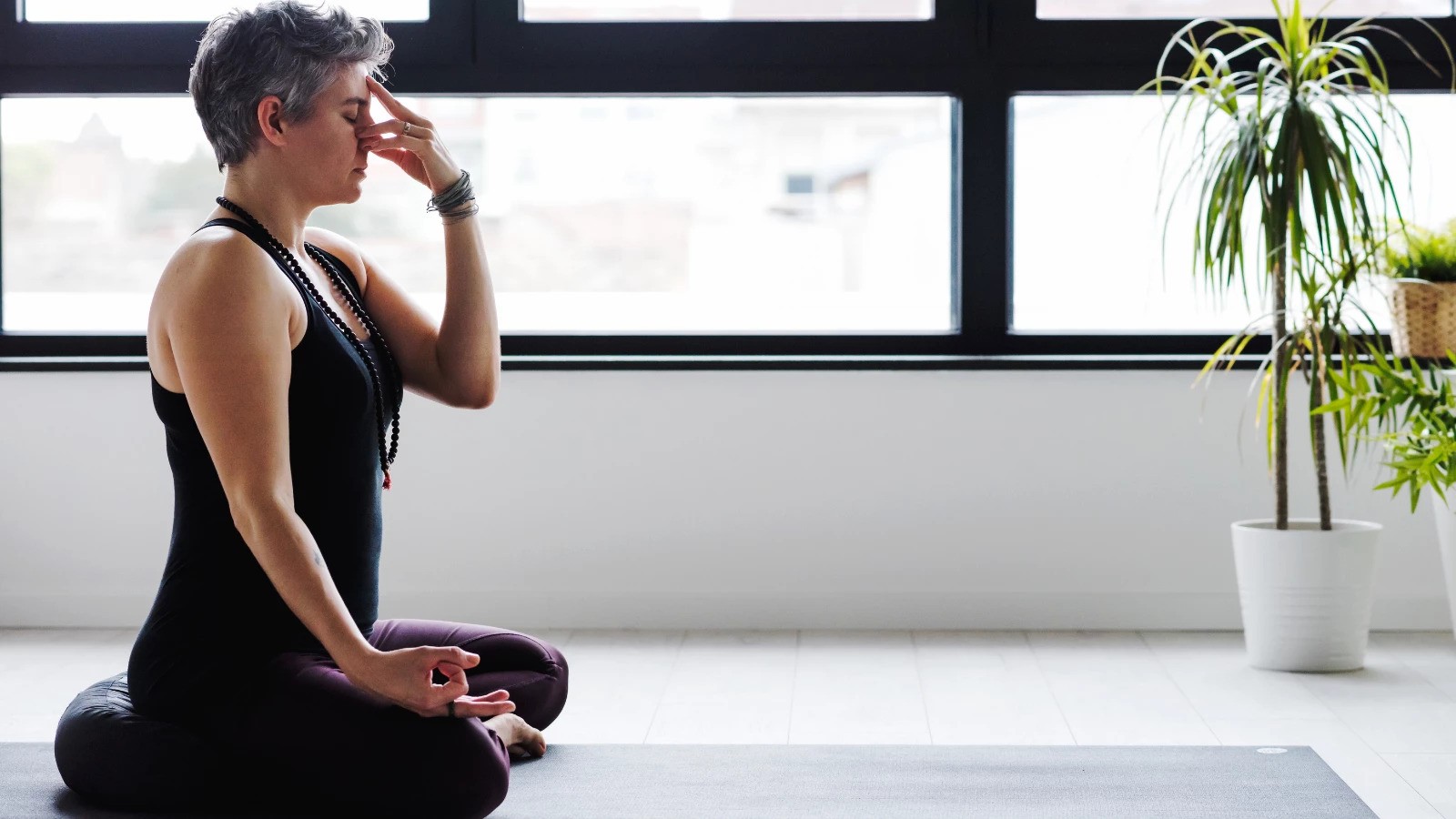Breathing Exercises For Stress Management - Transforming Tension Into Tranquility
There are effective tools available to help manage and alleviate stress. Among these tools, breathing exercises for stress management stand out as simple yet powerful techniques that can transform tension into tranquility.
Author:Karan EmeryReviewer:James PierceFeb 26, 2024679 Shares19.9K Views

Stress has become a common companion for many people, impacting both their physical and mental well-being. There are effective tools available to help manage and alleviate stress.
Among these tools, breathing exercises for stress managementstand out as simple yet powerful techniques that can transform tension into tranquility. By harnessing the innate connection between breath and emotions, these exercises offer a pathway to relaxation and inner peace.
Deep Belly Breathing
Breathing deeply into the abdomen instead of shallowly into the chest is a relaxing technique called deep belly breathing, or diaphragmatic breathing. When breathing deeply via the nose, one focuses on expanding the abdomen as the diaphragm contracts downward, a technique known as deep belly breathing. This permits the body to take in its maximum amount of oxygen and sets off the relaxation response, which lowers the heart rate and lowers stress chemicals like cortisol.
The belly naturally tightens when the air is slowly exhaled via the mouth or nose, releasing carbon dioxide and fostering a feeling of peace and well-being. Deep belly breathing is a useful technique that helps reduce stress and anxiety as well as strengthen emotional resilience and respiratory health in general.
4-7-8 Technique
The 4-7-8 technique is a simple yet powerful breathing exercise designed to induce relaxation and reduce stress. It involves inhaling deeply through the nose for a count of four, holding the breath for a count of seven, and exhaling slowly through the mouth for a count of eight.
This pattern of breathing activates the body's parasympathetic nervous system, promoting a sense of calmness and tranquility. By extending the exhalation phase, the 4-7-8 technique encourages the body to release tension and let go of any accumulated stress or anxiety. Regular practice of this technique can help improve sleep quality, manage stress levels, and enhance overall well-being.
Equal Breathing
The goal of equal breathing, also referred to as Sama Vritti in yoga, is to create harmony and balance in the breath. The intake and exhalation phases of equal breathing have equal durations. In this exercise, one inhales through the nose for a predetermined count - for example, four - and then lets out through the nose for the same amount of time.
This method of breathing synchronization, known as equal breathing, aids in mental clarity, stress reduction, and relaxation. By directing their attention toward the rhythm of their breathing, practitioners also cultivate mindfulness and present-moment awareness. Consistent application of Equitable Breathing can enhance focus, emotional steadiness, and general health.
Alternate Nostril Breathing
The goal of alternate nostril breathing, or what yoga refers to as Nadi Shodhana, is to balance the body's energy flow. When practicing alternating nostril breathing, one should sit comfortably with their back straight and alternately close one nostril with their thumb and ring finger while breathing in and out of the other.
This regular breathing technique aids in mental clarity, stress reduction, and the development of equilibrium and balance. Alternate nostril breathing is thought to balance the brain's two hemispheres and control the body's prana, or life force energy, flow by switching between the left and right nostrils. Frequent application of this method can enhance mental clarity, concentration, and general well-being.
Box Breathing
Box breathing, sometimes referred to as square breathing, is a straightforward yet powerful breathing method that lowers tension and encourages relaxation. The breath is divided into four equal portions while using box breathing: inhale, hold, exhale, and hold.
The technique involves the practitioner taking a deep breath via the nose for four counts, holding it for another four counts, slowly releasing it through the mouth or nose for another four counts, and repeating the cycle. Breathing rhythmically promotes balance and tranquility by assisting in the autonomic nervous system's regulation. Box breathing is a handy technique for stress and anxiety management in daily life because it can be done anytime, anywhere.
Breath Counting
Breath counting is a mindfulness exercise in which one counts each breath in and out while concentrating on the breath. Breath counting is as easy as watching your breath's natural rhythm and counting each cycle, beginning at one and going through them one at a time. The objective is to keep the mind focused on the counting without letting ideas or feelings divert it.
Practitioners gently acknowledge any diversion from the counting and begin counting anew from one if the mind does wander. This straightforward but effective method aids in relaxation, mental clarity, and the development of present-moment awareness. Breath counting is a regular activity that can improve mental health overall, reduce stress, and improve attention.
Progressive Muscle Relaxation With Breathing
Deep breathing and methodical muscular tension and release are used in the relaxation technique known as progressive muscular relaxation (PMR) with breathing. Practitioners of PMR sequentially tense and then relax various bodily muscular groups while paying attention to their breathing. Usually, the procedure entails tensing every muscle group for a short while, letting go of the tension, and then thoroughly breathing.
This method encourages physical relaxation and raises awareness of tense muscles. Deep breathing is a key component of PMR, which improves the body's relaxation response and lowers tension in the muscles, stress, and anxiety. Frequent application of PMR breathing techniques can result in enhanced sleep quality, reduced stress levels, and general physical and mental calm.
Guided Visualization Breathing
Guided visualization breathing is a way to relax that blends deep breathing with mental imagery to help you feel calm and relaxed. People close their eyes and listen to spoken directions that lead them through a peaceful and calming mental scene during a guided visualization.
People who practice this method focus on their breath and picture themselves in a calm place, like a beach or a forest. As they take deep breaths in, they picture themselves breathing in peace and happiness, and as they slowly let out their breath, they let go of any stress or anxiety.
This practice helps you let go of fears and other things that are bothering you, which makes you feel calm and at peace with yourself. Guided visualization breathing can help you deal with stress, boost your mood, and improve your general health if you do it regularly.
Humming Breath
Humming breath is a calming breathing technique that involves producing a humming sound while breathing deeply. During humming breath, individuals inhale deeply through the nose and exhale slowly while making a gentle humming sound with the mouth closed. This vibration created by the humming sound resonates throughout the body, promoting relaxation and reducing stress.
The rhythmic nature of the humming breath helps to soothe the nervous system and quiet the mind. Practicing humming breath can also have a grounding effect, bringing individuals into the present moment and fostering a sense of inner peace and well-being.
Breathing Exercises For Stress Management - FAQ
How Many Deep Breaths Does It Take To Calm Down?
Try breathing in for four counts, then out for six. Or try square breathing: in for four, hold for four, out for four, hold for four. As long as you're still keeping your breathing slow and deep, no pattern's better than the others.
How Can I Breathe Correctly?
Proper breathing starts in the nose and then moves to the stomach as your diaphragm contracts, the belly expands and your lungs fill with air. It is the most efficient way to breathe, as it pulls down on the lungs, creating negative pressure in the chest, and resulting in air flowing into your lungs.
What Are The Side Effects Of Deep Breathing?
When you take a deep breath, you will activate your chest and neck muscles, trigger the sympathetic system, strain your neck muscles, accelerate your heart, and activate a state of increased arousal. The vagal brake is switched off and you can compromise both muscle and brain function as CO2 falls.
Final Words
Breathing exercises for stress management offer a holistic approach to addressing the challenges of modern life. Through mindful awareness of the breath and intentional practice, individuals can cultivate a sense of calmness and balance, even in the face of stressors. By incorporating these exercises into daily routines, one can gradually transform tension into tranquility, fostering greater resilience and well-being in the journey of life.

Karan Emery
Author

James Pierce
Reviewer
Latest Articles
Popular Articles
